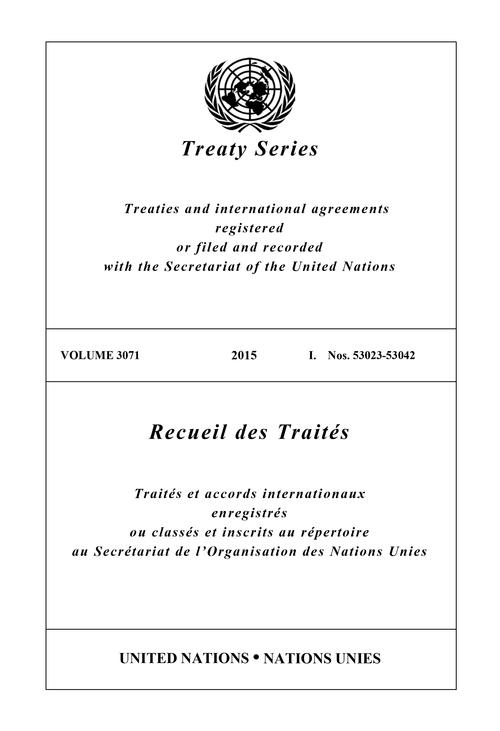Overview of the United Nations Children’s Fund (UNICEF)
The United Nations Children’s Fund, also known as UNICEF, is an international organization dedicated to promoting the rights and well-being of children worldwide. Established in 1946, UNICEF operates in more than 190 countries and territories, working with governments, non-governmental organizations, and communities to improve the lives of children.
History and Mission
UNICEF was founded in the aftermath of World War II, with the primary goal of providing assistance to children in war-torn countries. Over the years, its mission has expanded to encompass a broader range of issues affecting children, including health, education, nutrition, and protection from violence and exploitation.

| Year | Significant Milestone |
|---|---|
| 1946 | Establishment of UNICEF |
| 1953 | First polio vaccine campaign |
| 1979 | Establishment of the Convention on the Rights of the Child (CRC) |
| 1990 | World Summit for Children |
| 2016 | Launch of the Sustainable Development Goals (SDGs) |
Programs and Initiatives
UNICEF implements a wide range of programs and initiatives aimed at improving the lives of children. Some of the key areas of focus include:
-
Health: UNICEF works to ensure that every child has access to quality healthcare, including immunizations, nutrition, and maternal and child health services.
-
Education: The organization focuses on increasing access to quality education for all children, with a particular emphasis on girls’ education.
-
Nutrition: UNICEF works to combat malnutrition and promote good nutrition practices among children and their families.

-
Water, Sanitation, and Hygiene: The organization aims to provide access to clean water, sanitation, and hygiene facilities for all children.
-
Child Protection: UNICEF works to protect children from violence, exploitation, and abuse, and to ensure their rights are respected and upheld.
Impact and Achievements
Over the years, UNICEF has made significant strides in improving the lives of children around the world. Some of the key achievements include:
-
Reducing child mortality: Since 1990, child mortality rates have decreased by more than 50%, largely due to UNICEF’s efforts to improve access to healthcare and nutrition.
-
Expanding access to education: UNICEF has helped to increase the number of children enrolled in primary school, with a particular focus on girls’ education.
-
Combating malnutrition: The organization has played a crucial role in reducing the number of children suffering from malnutrition, particularly in developing countries.
-
Improving water and sanitation: UNICEF has helped to provide access to clean water and sanitation facilities for millions of people, including children.
Challenges and Future Outlook
Despite the significant progress made, UNICEF continues to face numerous challenges in its mission to improve the lives of children. Some of the key challenges include:
-
Conflict and displacement: Children in conflict-affected areas are particularly vulnerable to violence, exploitation, and malnutrition.
-
Climate change: The impacts of climate change, such as extreme weather events and rising sea levels, pose a significant threat to children’s well-being.
-
Inequality: Disparities in access to healthcare, education, and other essential services continue to affect millions of children worldwide.
Looking ahead, UNICEF remains committed to its mission of promoting the rights and well-being of children. The organization will continue to work with partners to address the challenges facing children and to achieve the Sustainable Development Goals by 2030.